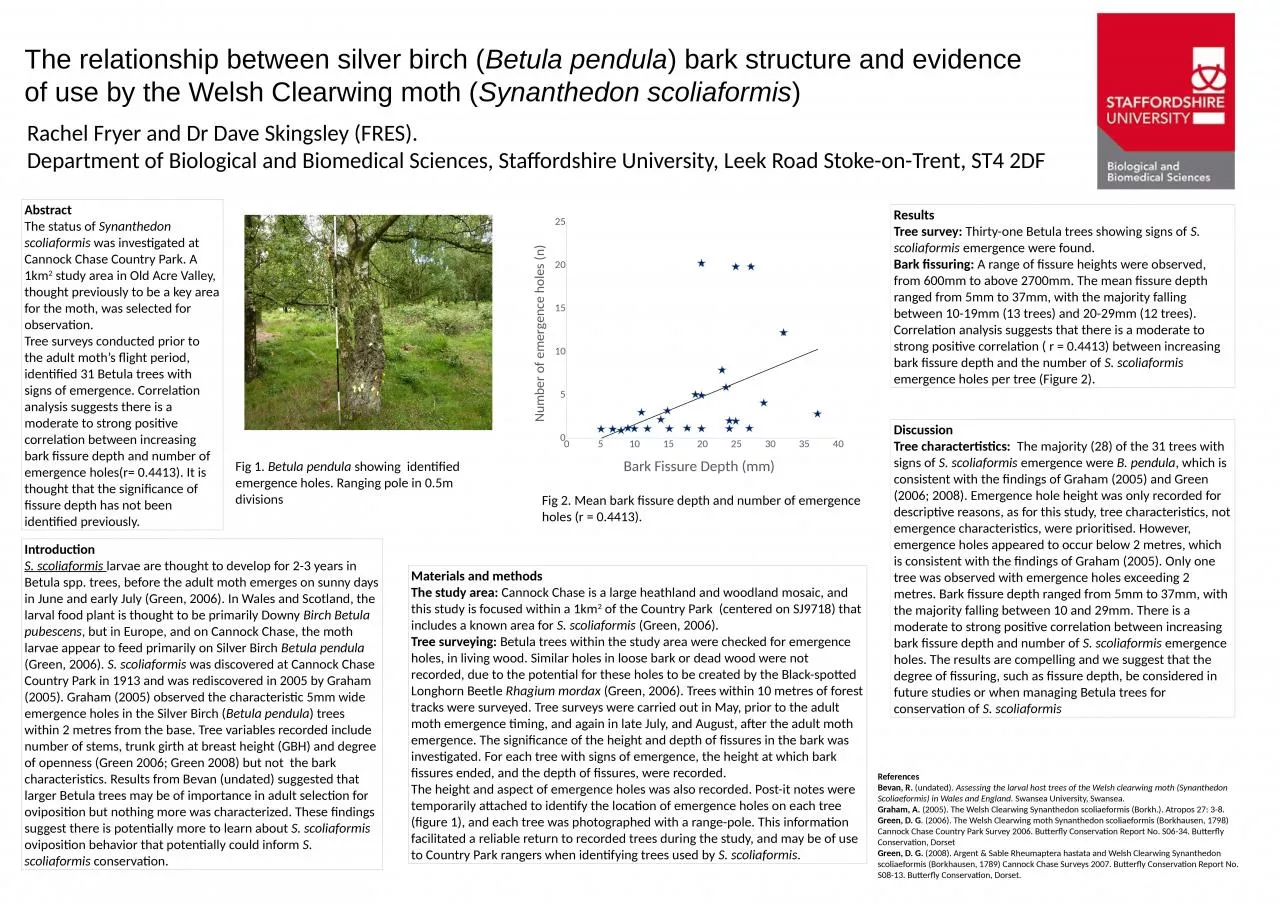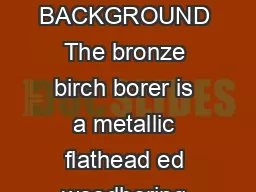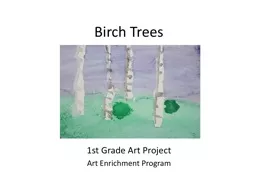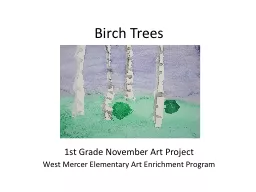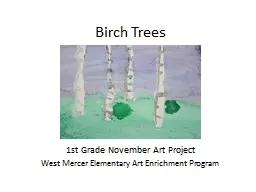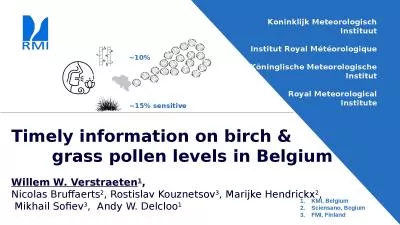PPT-The relationship between silver birch (
Author : layla | Published Date : 2024-03-13
Betula pendula bark structure and evidence of use by the Welsh Clearwing moth Synanthedon scoliaformis Abstract The status of Synanthedon scoliaformis
Presentation Embed Code
Download Presentation
Download Presentation The PPT/PDF document "The relationship between silver birch (" is the property of its rightful owner. Permission is granted to download and print the materials on this website for personal, non-commercial use only, and to display it on your personal computer provided you do not modify the materials and that you retain all copyright notices contained in the materials. By downloading content from our website, you accept the terms of this agreement.
The relationship between silver birch (: Transcript
Download Rules Of Document
"The relationship between silver birch ("The content belongs to its owner. You may download and print it for personal use, without modification, and keep all copyright notices. By downloading, you agree to these terms.
Related Documents

